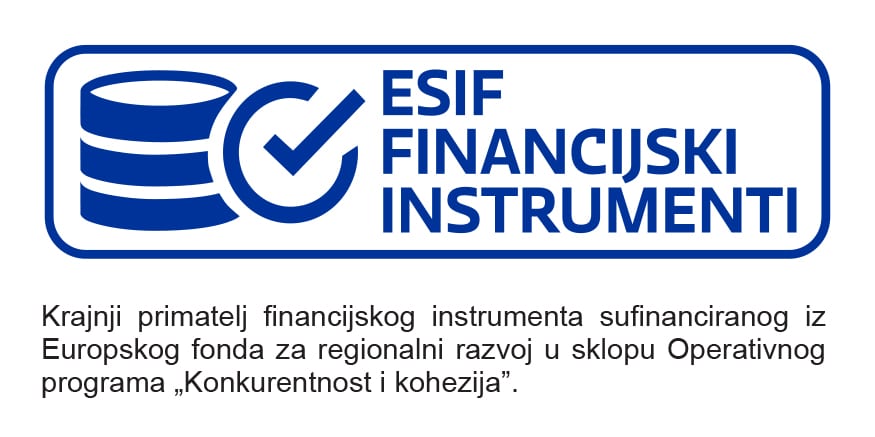E-mail #
This section provides options to configure the email content and recipients. The following fields are available:
Values from #
E-mail > Values from
Determines the source for expanding dynamic expressions in the subject, body, and recipient addresses.
- Source (default): Expands dynamic expressions using data from the event trigger source.
- Vault search: Expands dynamic expressions using data retrieved from a vault search.
To #
E-mail > To
This section provides options to configure recipient email address.
- Expand the To section.
- Click on Add DynamicEmailAddress.
- Expand DynamicEmailAddress [1].
The Type and Value fields are available by default.
Type #
E-mail > To/CC/BCC > > Type
Specifies the recipient type. Based on the selected type, corresponding fields will appear for specifying the value.
- Dynamic (default): Email will be sent to dynamically resolved e-mail address.
- User: Email will be sent to the user’s e-mail address as defined in M-Files Admin.
- Group: Email will be sent to all group members’ e-mail addresses as defined in M-Files Admin.
Value #
E-mail > To > Type: Dynamic > Value
Displayed when Type is Dynamic.
Defines the expression used to determine the recipient. This can be a static email address, or a property expression on the source object that resolves to an email address, a user, or a user group.
User #
E-mail > To > Type: User > User
Displayed only when Type is User.
Select a recipient from the Users value list.
Group #
E-mail > To > Type: Group > Group
Displayed when Type is Group.
Select a recipient from the User groups value list.
CC #
The configuration options for CC recipients are the same as in the To section. You can specify recipients to be added to the CC using the same types—Dynamic, User, or Group—and follow the same steps for adding and managing email addresses. For a detailed description of the Type options, click here.
BCC #
The configuration options for BCC recipients are the same as in the To section. You can specify recipients to be added to the BCC using the same types—Dynamic, User, or Group—and follow the same steps for adding and managing email addresses. For a detailed description of the Type options, click here.
Subject #
E-mail > Subject
Specifies the subject line of the email that will be sent. It can be either static or dynamic. For dynamic subjects, you can reference object properties to automatically insert their values. For example: “Contract %PROPERTY_{PD.ContractName}% is ready for review” will insert the value of the ContractName property into the subject line.
Body #
This section provides options for configuring the email body.
- Expand the Body section.
- Click on Add EmailBody.
- Expand EmailBody [1].
The following fields are available: Body, Type, and Body Type.
Body #
E-mail > Body > EmailBody > Body
Specifies the body of the email that will be sent. You can insert text along with placeholders to dynamically reference object properties, having their values displayed in the email body. This enables message customization with specific object data.
Type #
E-mail > Body > EmailBody > Type
Choose the type of the body:
- Static (default): Used for all notifications.
- Dynamic: Used only for digest notifications when the Email type is set to SingleEmail. This allows you to construct the body using values from multiple objects.
BodyType #
E-mail > Body > EmailBody > BodyType
Specifies the body type of the email that will be sent.
- PlainText (default): If this option is selected, the email body will be sent as plain text.
- HTML: If this option is selected, the email body will be sent as HTML.
Attachments #
- Expand the Attachments section.
- Click on Add Attachment.
- Expand Attachment [1].
The Mode and Filename wildcard fields are available by default.
Mode #
E-mail > Attachments > Attachment [1] > Mode
Defines how the attachment is selected from the vault.
- CustomObject: Select any custom object from the vault. When selected, the Custom object section and Search timeout (sec) field become available.
- SourceObject: Select the current source object.
- Reference: Select any reference to the source object. When selected, the Reference expression field becomes available.
Filename wildcard #
E-mail > Attachments > Attachment [1] > Filename wildcard
Specifies the filename wildcard used to select a file from the object. The default value is *.
Custom object #
E-mail > Attachments > Attachment [1] > Mode: CustomObject > Custom object
Displayed when Mode is CustomObject.
Specifies the conditions for finding the custom object. When expanded, the Search conditions field is available, allowing you to define an optional list of conditions that must be satisfied to find the custom object.
Search timeout (sec) #
E-mail > Attachments > Attachment [1] > Mode: CustomObject > Search timeout (sec)
Displayed when Mode is CustomObject.
Defines the search timeout applied to object search operation, expressed in seconds. The default value is 0.
Reference expression #
E-mail > Attachments > Attachment [1] > Mode: Reference > Reference expression
Displayed when Mode is Reference.
Defines the property reference expression to select the attachment from a related object.







